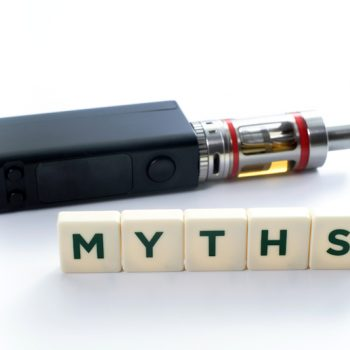
Tobacco harm reduction and vaping are controversial subjects, but scientific journals frequently censor pro-ecig voices. Colin Mendelsohn, a tobacco harm reduction expert argues that scientific journals should present both sides of the issue to allow a proper discussion, ensuring the debate is balanced and fair.
Professor Mendelsohn points out that a recent piece published by the journal Australian and New Zealand Journal of Public Health offers an example of how things can be biased.
The six authors of the commentary wrote: “There is no ‘magic bullet’ that can reduce smoking prevalence. It requires a multifaceted, coordinated and comprehensive approach.”
The problem is that their “multifaceted, coordinated and comprehensive approach” doesn’t incorporate any mention of tobacco harm reduction approach or electronic cigarettes – something that has helped the United Kingdom achieve record low smoking rates.
Professor Mendelsohn wrote a response to the journal about their omission, but it declined to publish his letter. The reasons they gave included:
1.Vaping causes EVALI
2.Vaping may replace one long-term habit with another
3.Vaping has ‘led to a number of deaths’
4.Increased vaping would lead to widespread vaping by non-smokers
5.Vaping is ineffective on its own
6.Vaping is a gateway to smoking
7.The involvement of the tobacco industry undermines vaping’s value to public health
8.The rapid decline in smoking prevalence in other countries where vaping is widely available is ‘purely an association’
Professor Mendelsohn states that these reasons combine “factual errors, unsubstantiated claims, and selective use of data. The comments showed a lack of understanding of tobacco harm reduction.”
Mendelsohn challenged all of their reasons with a second letter, citing the evidence for why they are wrong, and it was signed by 20 other experts. This time the letter was published.
Titled “Time to rethink tobacco dependence treatment in Australia”, the authors point out the following in reference to the points of objection:
1.EVALI was caused by illicit THC vaping oils adulterated with vitamin E acetate
2.Switching to a safer alternative is the basis of tobacco harm reduction and has substantial health benefits
3.No confirmed deaths from inhaling nicotine vapour have been documented
4.International evidence consistently shows that regular vaping by non-smokers is generally less than 0.5%.
5.Vaping is effective both when used with behavioural support and when used without
6.The evidence is increasingly strong that vaping is diverting young people away from smoking
7.Safer nicotine products reduce harm no matter who makes them
8.Vaping is playing a significant role to reduce smoking rates
Professor Mendelsohn states that as many smokers struggler to quit with conventional approaches, meaning they will continue to smoke, the role for vaping in tobacco harm reduction is essential.
He points out that there used to be resistance to treating opiate addiction with substitution
therapy but it has now become standard practice – and that it is now time for scientific journals to accept electronic cigarettes as viable reduced harm alternatives to smoking.
